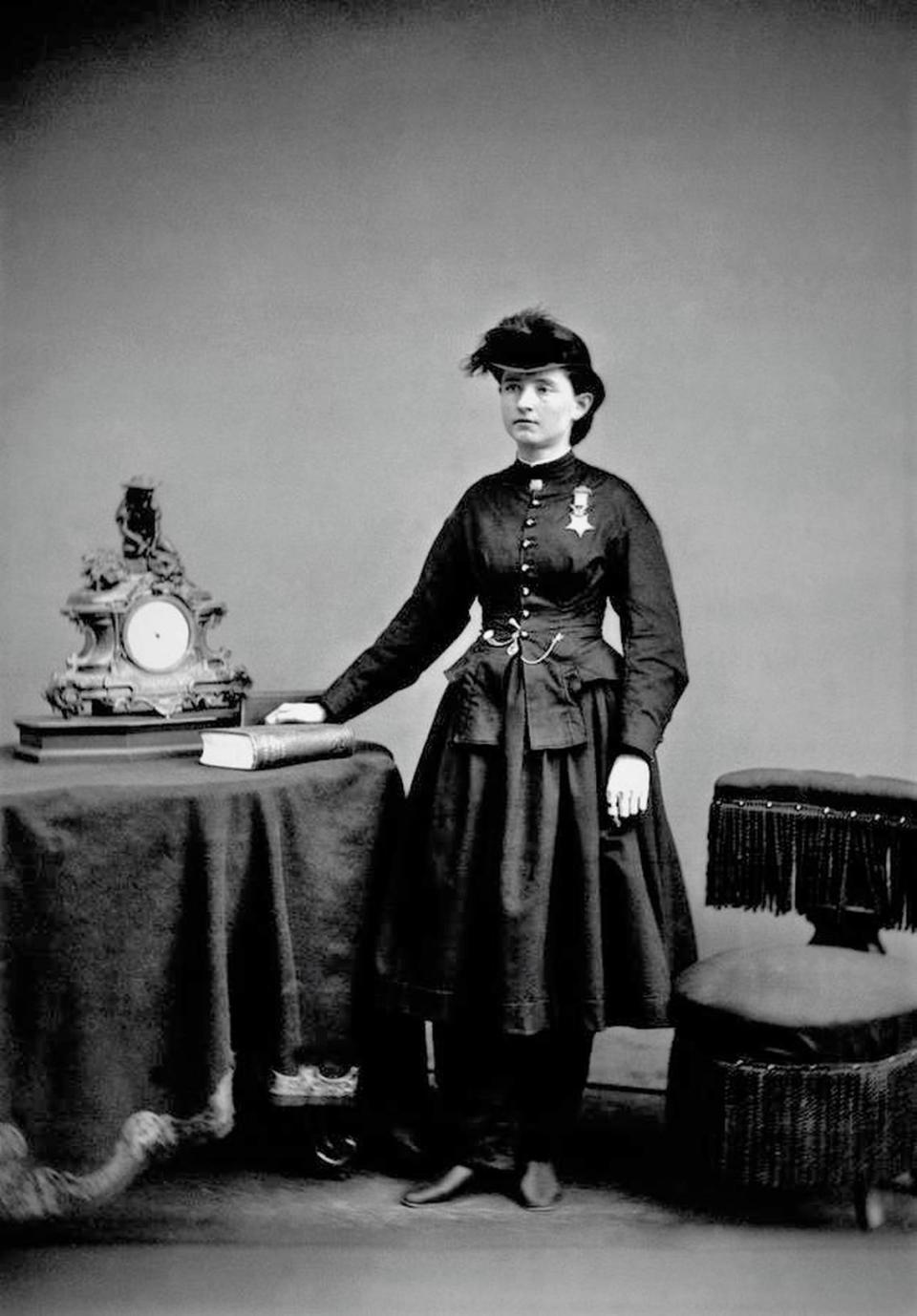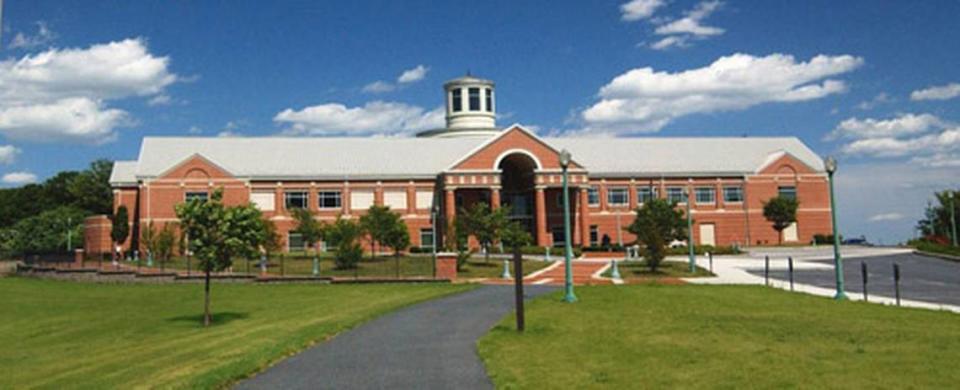This PA museum is home to one of the biggest collection of Civil War artifacts, archives
For the past 150 years, Pennsylvania has been steeped in Civil War history, drawing hundreds of reenactors, history buffs and visitors to learn more about the nation’s deadliest conflict. And on a hill overlooking Harrisburg sits one of the country’s largest collections of Civil War artifacts and archives at the National Civil War Museum.
The museum opened in 2001 and has grown to include 4,400 artifacts and 21,000 archival pieces. The building hosts several permanent exhibits and two rotating collections, with topics such as women in the war effort, famous abolitionists, and daily life for soldiers on both sides. The museum also features information on Mary Walker, a Union surgeon who is the only female recipient of the Medal of Honor, the highest military honor. She’s also one of only eight civilians to ever have received the medal.

The majority of the museum collections focus on presenting the human side of the conflict, museum CEO Jeffrey L. Nichols said.
“As you go through you’ll hear about various soldiers who took part in various battles, but also you get some of the bigger stories,” Nichols said. “Of course, you’ll hear about Lincoln and other members of the cabinet but basically we try to humanize it, put it on a level where people can understand it.”
Nichols’ favorite exhibits are those at the beginning and end of the tour — the ones about slavery and the causes of the war, and later the reconciliation process and reconstruction era. His favorite artifact, a pair of pants belonging to a child in slavery before the start of the war, may seem unassuming at first but help to connect viewers to the tragedy of slavery.
“That, to me, is always one of those thought-provoking items that we have in our collection,” Nichols said. “It doesn’t seem very exciting, a pair of pants, but when you see them and you understand more of them and why they’re important and a lot of those artifacts do not survive. They’re not all that common.”
The collection was originally started by the city of Harrisburg in the 1990s on account of it being the state capital and the location of Camp Curtin, the largest training camp in the Civil War. More than 300,000 Union soldiers passed through the camp throughout the war, serving as the first and last stop for many soldiers as companies were disbanded there following the war.
In 2009, the museum became a Smithsonian affiliate, partnering with the larger museum collective. The program allows the National Civil War Museum to consult with the Smithsonian’s researchers, collaborate and even borrow exhibits.
The museum suggests spending two to three hours during a visit in order to see all the exhibits. Although the museum is ADA accessible, Nichols suggests preparing for a good deal of walking through the two floors of collections.
“We find that if people can take their time and walk through and absorb it, you get a really good sense of the war and its legacy,” he said. “And to me, that’s the most important thing for people to do.”
What to know: The museum is open 10 a.m.-5 p.m. Monday-Saturday and noon-5 p.m. Sunday, though hours may change seasonally. Cost of admission is $16 for adults, $15 for seniors, $14 for students 6 and older or a family pass for $60.
What to do nearby: Reservoir Park, Pennsylvania State Capitol Complex, Gettysburg National Military Park
How to get there: From State College, travel via U.S. Route 322 to get there in about 1 hour and 45 minutes.
More info: Visit www.nationalcivilwarmuseum.org



